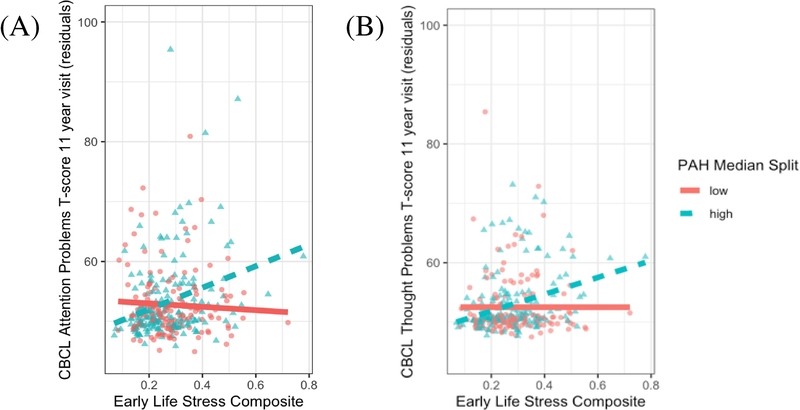Figure 1: Early life stress × prenatal PAH interactions predicting thought and attention problems at age 11.
Associations between early life stress composite scores and Child Behavioral Checklist (CBCL) thought (A) and attention (B) problems T-scores are presented here grouped by a median split of log total PAH scores (median=2.28). All interaction models were tested with continuous values of PAH and the median split is only used for display purposes here. Participants with low PAH exposure are denoted by red circles and solid fit line while those with high PAH exposure are denoted by blue triangles with dashed fit line. Greater early life stress scores associated with greater CBCL thought and attention problems among children with greater prenatal PAH exposure. Values represent residualized CBCL scores covarying for all covariates in the main analysis models: sex, gestational age, ethnicity, presence of a smoker in the home, maternal IQ, maternal years of education, quality of the proximal caretaking environment at age 3, and change of residence by age 5.

